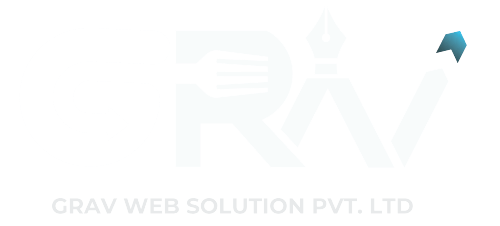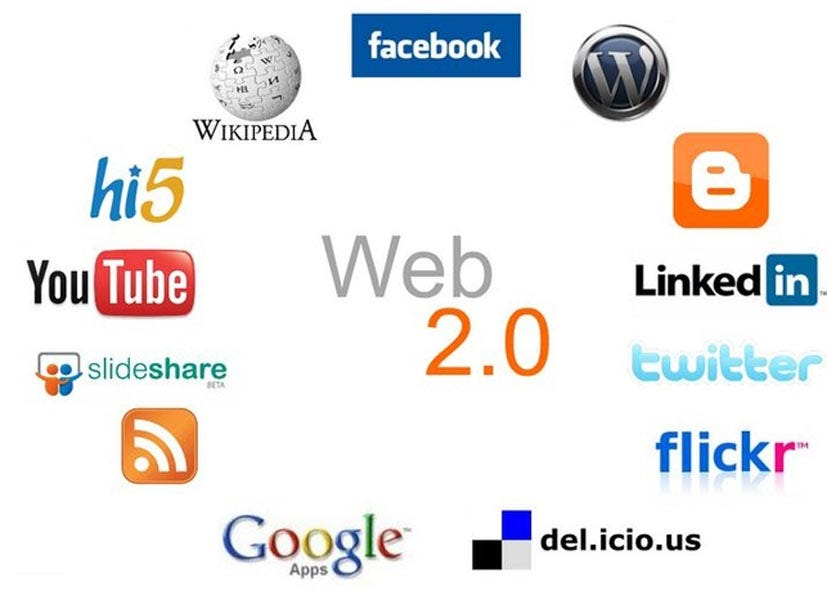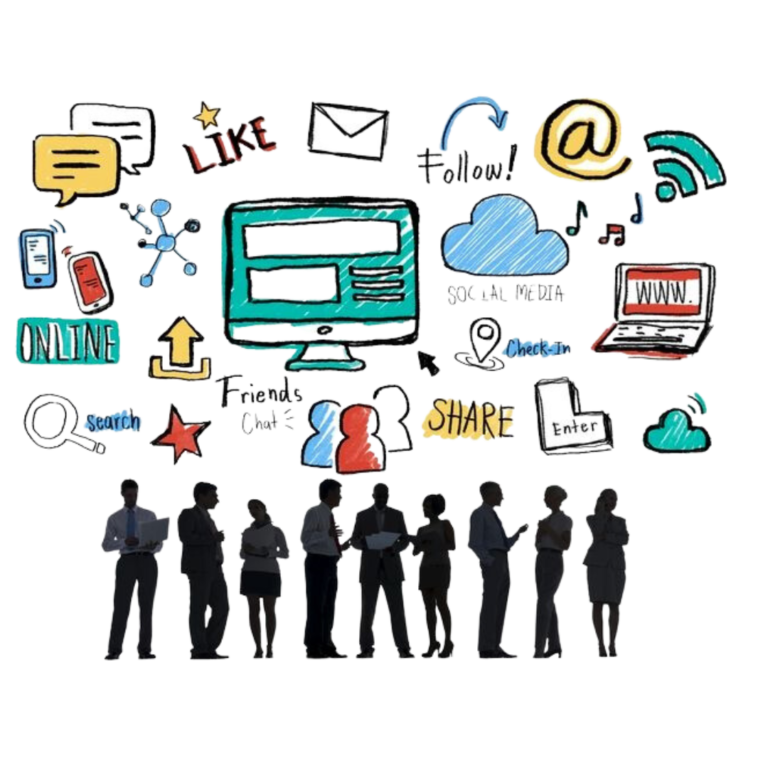Introduction
The internet has evolved dramatically since its inception. Web 2.0 and Web 3.0 represent significant milestones in this evolution, each revolutionizing the way we interact with digital marketing in the digital world. In this article, we’ll explore the key differences between Web 2.0 and the emerging Web 3.0, shedding light on the next phase of the internet’s development.
Web 2.0: The Age of User Interaction
Web 2.0 emerged around the early 2000s, marking a shift from static web pages to
dynamic, interactive platforms.
Here are the defining characteristics of Web 2.0
● User-Generated Content: Web 2.0 platforms empowered users to generate and share content. Blogs, social media, and video-sharing sites became prevalent, allowing individuals to contribute to the digital conversation.
● Social Networking: Social media platforms like Facebook, Twitter, and LinkedIn gained prominence, connecting people worldwide and facilitating real-time communication.
● Collaborative Tools: Tools like Google Docs, Wikipedia, and collaborative platforms revolutionized how people work together on documents and projects in real time.
● Rich Internet Applications (RIAs): Web 2.0 introduced applications with enhanced interactivity, such as Gmail, Google Maps, and YouTube, providing a more dynamic user experience.
● Semantic Web: The concept of a semantic web, where data is structured and
linked in a way that machines can understand, began to emerge.

Web 3.0:
The Semantic Web and Beyond Web 3.0, often referred to as the Semantic Web,
represents the next phase in the internet’s evolution. It’s still in its early stages, but its
potential impact is significant.

The Semantic Web and Beyond Web 3.0, often referred to as the Semantic Web,




